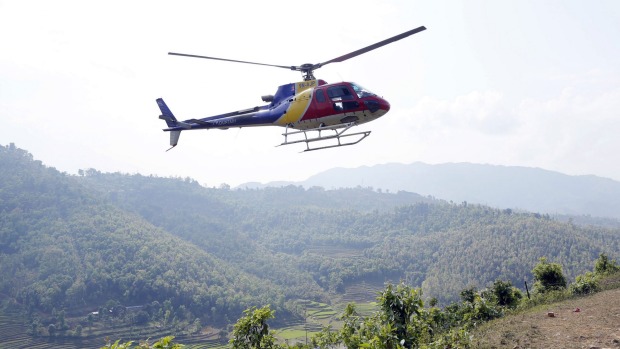Perth : After rescue workers are finally able to reach the victims of the Nepal earthquake and address their injuries, health care workers will be watching carefully for two conditions that crop up later: “crush syndrome” and “compartment syndrome.” The related problems, which are life- and limb-threatening, result from hours of compression of arm and leg muscles by rubble in earthquakes and building collapses. But doctors also see them in drug addicts and others who pass out with their heads on their arms, and surgical patients who aren’t positioned properly. “Crush syndrome” is the more dangerous of the two; it can result in death. When earthquake victims with arm or leg injuries are pulled from the rubble, releasing the pressure on crushed muscles, blood begins to flow through the area again. As it circulates, it brings the byproducts of that damaged tissue to other parts of the body, which aren’t prepared to handle the toxins, according to Mark Pearlmutter, vice president of emergency medicine for the Steward Health System near Boston. “As soon as you release the crush injury, or the rock, or whatever it might be, the blood flows back into your system,” said Pearlmutter, who spent four weeks in Haiti tending to victims of the 2010 earthquake there. “And with it is an abundance of broken down muscle byproducts.”Myoglobin, a protein in muscle tissue, can flood the kidneys, causing them to fail days after the person is rescued and wounds are sewn up, Pearlmutter said. Excess potassium can disrupt the electrical signals that are critical to your heart beating rhythmically, causing it to fail, he said.


You must be logged in to post a comment Login